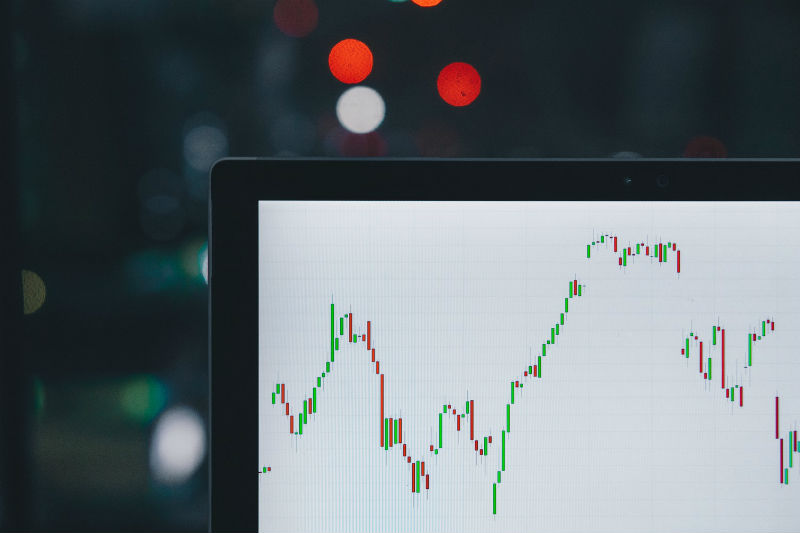How to reduce the risk of investment on the stock exchange: 3 factors diversification

One of the most important tips given by a novice investor is the importance of diversifying investments. Advisors, authors of articles on the Internet in one voice say about how important it is not to "keep all the eggs in one basket." This is good advice, which in reality allows reducing the level of risk for the investment portfolio, but in reality not all investors manage to diversify correctly.
The portal Investopedia has published a description of common mistakes that investors make in this way, and we have prepared an adapted version of this material.
It is important to invest in different types of assets.
It often happens that investors invest in assets of one type, assuming that since there are several of them, investments are diversified. For example, such an investor can invest in various US mutual fods. If we analyze the situation more deeply, it turns out that all these funds include the same stocks of large American companies.
Diversification involves the distribution of investments in various classes of assets. For example, the most common distribution is the purchase of stocks and bonds. Conservative strategies suggest a distribution of about 30–40% to 70–60%.
Investing in your home region only is a mistake
Another mistake that the overwhelming number of investors make is work only in their home region (Home country bias). For example, according to statistics, the share of American companies accounts for about 50% of the market capitalization in the world, but American investors invest in them, on average, 70% of their assets. There are studies showing that, for example, Swedish citizens almost all of their assets are invested in local companies, although the financial market in this country makes up only 1% of the global market.
It would be more logical to split investments not only by asset class, but also by their geographical location. It is important to take into account the total weight of a particular region in the global economy. For example, it is logical to invest 50-60% of resources in assets from the United States, leave 25-30% to the markets of other developed countries (Europe, Australia, Asia), and the rest to invest in assets of developing countries that have high risks. A similar approach can be used when working with bonds.
Consider size and industry.
In addition to splitting investments into classes and locations, it is worthwhile to carry out diversification at a lower level. For example, in the case of stocks, investments in companies from different industries help reduce risks. In this case, if things don't go very well in some industry, the negative trend will not affect other industries with high accuracy.
Similarly, it is worth investing in companies of different sizes. The risks of serious stock price movements of not very large companies are usually higher, but in the case of market giants, their problems can also result in serious losses. Therefore, a truly diversified investment portfolio includes stocks of companies of different sizes from different industries and countries, as well as assets of other classes, such as bonds.
Other materials on finance and stock market from ITI Capital :
- Analytics and market reviews
- Purchase of shares of American companies from Russia
- Huawei overtook Apple in terms of sales. The capitalization of the American company still reached $ 1 trillion
- Analysts: Microsoft's capitalization could reach $ 1 trillion
- Mass media: large-scale cyber attacks accelerated the growth of capitalization of companies in the information security industry
- Bloomberg: Hedge Funds Recognize Brexit Results Before Others And Earn Billions
